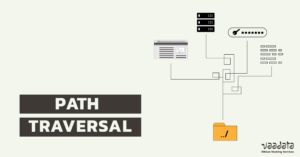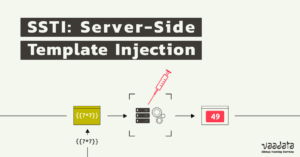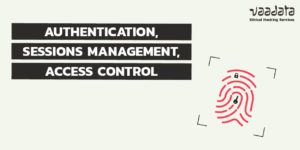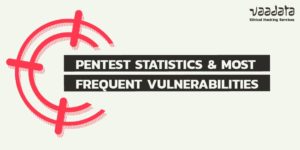
The security of websites (e-commerce websites, corporate websites, SaaS platforms and other web applications) is a major issue for companies. Being exposed to the public, these systems are naturally prime targets for attackers, who take advantage of numerous vulnerabilities in the features and other components: servers, data, third-party components, and other critical features such as authentication, session management or access control.











